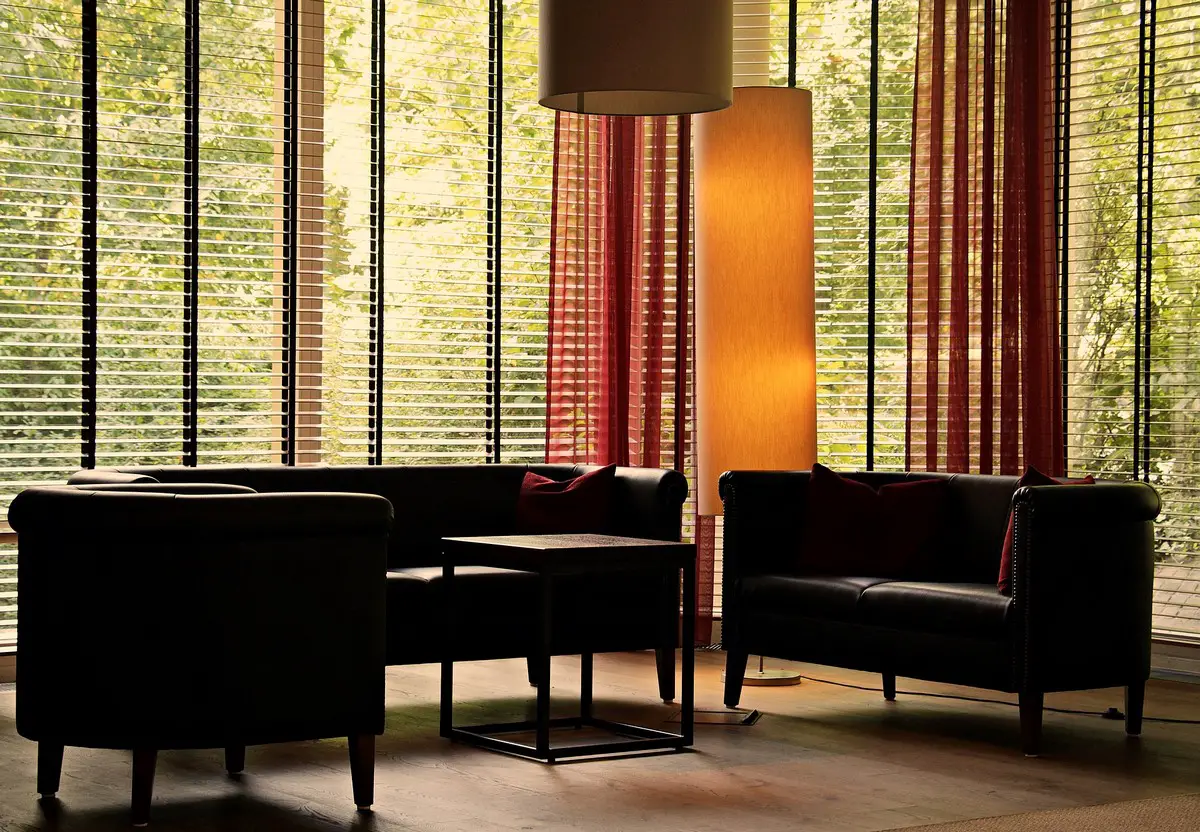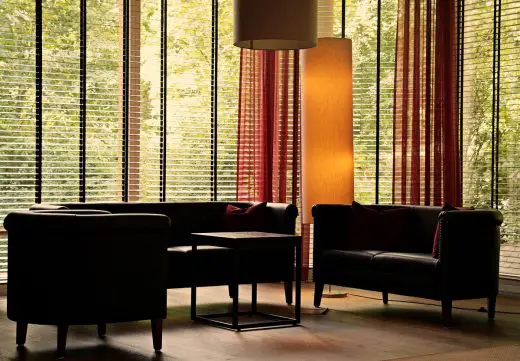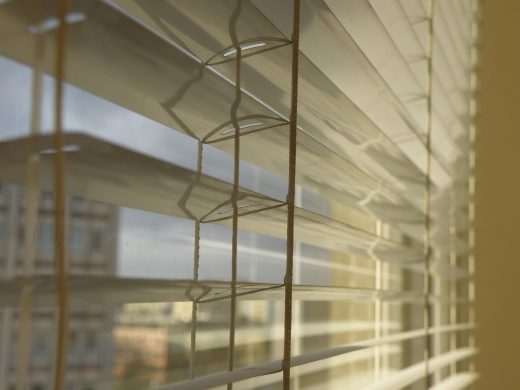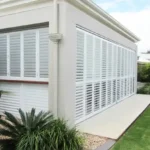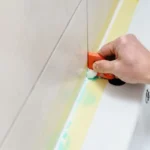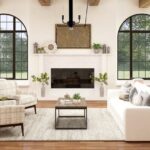Trusted Aesthetics in the Bathroom Advice, Property Washroom Tips, Home Guide
Top 8 Choices of Window Blinds
29 Feb 2020
Top 8 Choices of Window Blinds for Homes
Top 8 Choices of Window Blinds For the Homeowner
Chances are you’ve experienced moving into a new place and not having window coverings. You’re not able to sleep, people can see in. It’s a nightmare. However, with the right window treatments, you’ll say goodbye to all of that. By installing the correct blinds you’ll also save on your energy bill, as they help regulate the temperature within your home.
There are many different types of blinds and shades (and curtains and shutters!), this can make settling on one sometimes confusing. In nearly all circumstances you’ll need custom made blinds, they’re of a higher quality standard than ready made and are made exactly to fit your window measurements. You might find window sizes vary widely by where you live as well. The custom blinds you got made for your house in Aspen are going to be very different from the blinds in New York for your new home. It all depends on the general atmosphere of your place of residence.
Often, even if made directly to the architect’s drawings, buildings can settle and move. Two windows that are meant to be identical off the plan, can vary heavily. This means no matter your size of window, custom made blinds will get the right fit every time. Most blinds are made to fit within the window opening as this is the most aesthetic way to install them, readymade usually do not fit as not all window sizes are standardized.
Below I’ll discuss the best types of blinds to consider. I’ve chosen to list them in order where I’ve put more of an emphasis on price from lowest to highest.
- Roller Blinds
Roller blinds are somewhat similar in operation to roman blinds, but they were actually developed hundreds of years apart. Roller Blinds originated in the early 1700’s in Scotland. They were first made from Holland linen that was sourced from the Netherlands. Giving them their other alternative name ‘Holland Blinds’.
They are a staple window covering, they’re the most popular product due to having the lowest cost, and ease of operation. Fabric is relatively inexpensive per square meter, due to dropping straight down and not having creases they cover the most area with the least expense. Roller Blinds are also cut with automatic fabric cutting machines, and take about 15 minutes or less to slap together. The labor component of this product is very low compared to other window treatments. This is why roller blinds are the undisputed king and you see them the most often.
Let’s not forget that most fabric rolls come at no larger than 3000mm, making roller blinds a little tricky for large sliding door areas. That’s been solved with a linked blinds mechanism that reduces the gap between the blinds and joins two blinds together, often over a sliding door mullion so the view through gap is negligible.
- Vertical Blinds
Vertical blinds have made number two on my list. They are the second most popular window covering sold due to the same properties that made holland blinds attractive. Before the advent of automatic cutting tables in the 90’s, vertical blinds were the king due to being the lowest cost to manufacture. Large die presses would slice the fabric roll into set sized vertical slats meaning they only had to calculate how many slats were needed on the track.
The slats would be spaced evenly along the track, essentially only requiring the fabricator to cut and seal the slats at the required height, and cut the track which would only take around 20-25 minutes to produce the entire blind. Holland blinds were usually made with soft furnishings at that time, instead of the modern roller blind fabrics we see on the market today. It wasn’t until the automatic cutting tables were on the market and the combination of inexpensive roller blind fabrics emerged that roller blinds stole the crown as the cheapest to produce.
Vertical blind tracks can be made to any width, and this can be accomplished by just adding more slats! And if you need a track larger than the lengths they usually come in, they can be joined together. Because of this they are highly suitable to large sliding door window areas, increasing their popularity.
- Venetian Blinds
Venetian blinds are a timeless classic, and are one of the first window blinds to be invented. For a lower cost than plantation shutters new home buyers are able to have the horizontal slatted look that many seek out.
If you opt for an aluminium venetian, they’re also low cost. Suitable for harsh climates such as those in Queensland (the north of Australia) and equatorial regions, aluminium will not warp and will help reflect most of the UV rays back outside. Nor will they be affected by moisture. PVC venetians are the higher cost option between itself and aluminium, but the more stylish.
With the new century this also brought automatic slat cutter and threader machines, reducing the labour cost to fabricate venetian blinds to make them a more affordable option. In the case of aluminium venetians, this process is completely automatic and only requires the headrail to be cut, and then the ropes tied into the mechanisms within the headrail. The cost to produce aluminium venetians is close to roller blinds with these manufacturing methods making them a popular option.
- Cellular Blinds
This shade is exceptionally special, the honeycomb structure makes it an excellent insulator. That is the reason these blinds are known for their great energy saving properties, and despite their price they remain a popular choice due to this.
- Roman Blinds
Roman blinds are made from fabric, so they crease up while raised. They are essentially one-piece of cloth with aluminium inserts or battens attached to the backing. These are considered a more luxury or elegant blind. Due to the time required to attach the multiple back battens, the head rail and base finish of the blind – it increases the labour component to fabricate the blind, thus making it cost more in the end. However, for their class – consumers still opt to install them.
- Plantation Shutters
These are the costliest window covering, due to being a completely hard blind and the immense amount of knowledge, time and effort required to produce and paint or hand stain them.
This does not take away from the fact that plantation shutters are amongst the most popular blinds on the market today. If you’re looking to make a statement, then you should go with plantation shutters.
- Panel Glide Blinds
These are similar to vertical blinds but due to their large panel lengths they cannot be used on normal sized windows, thus they are either used on large sliding doors or as room dividers / ceiling mounted. Due to the extra time required to assemble the gliders within the track, and the time to cut each of the panels on the cutting tables, these have a higher cost associated with them than vertical blinds. Some people prefer the larger panels, as there is less light allowed in compared to thin vertical slats.
- Curtains
Curtains ooze luxury. They’re some of the most amazing window furnishings to look at. Sheers are immensely popular. Due to the amount of effort to make custom made curtains, they have a high price tag. But for their soft flowing looks, people are lining up to pay for them, and sheers.
If you are considering taking your luxury to the next level and live in NYC. Then check out motorized blinds in New York City as they have a complete collection to browse. You’ll find all of these window blind types just in a motorized fashion.
This is a guest article by Aaron – Director of My Direct Blinds
Comments on this guide to Top 8 Choices of Window Blinds For the Homeowner article are welcome.
Building Articles
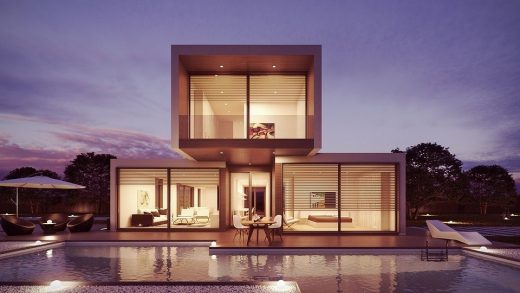
image courtesy of article provider
Comments / photos for the Top 8 Choices of Window Blinds For the Homeowner Advice page welcome

